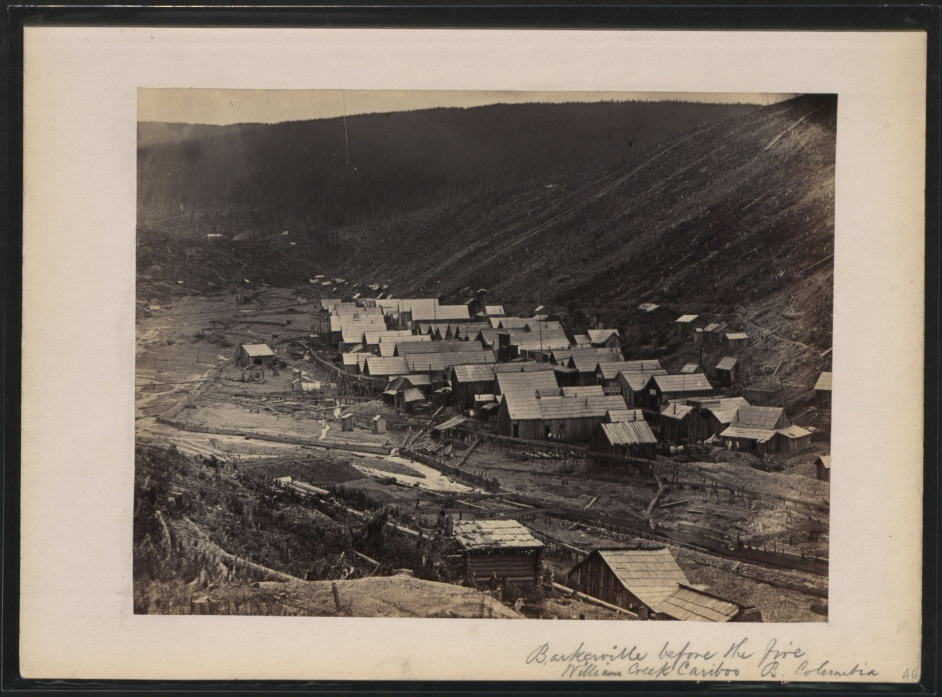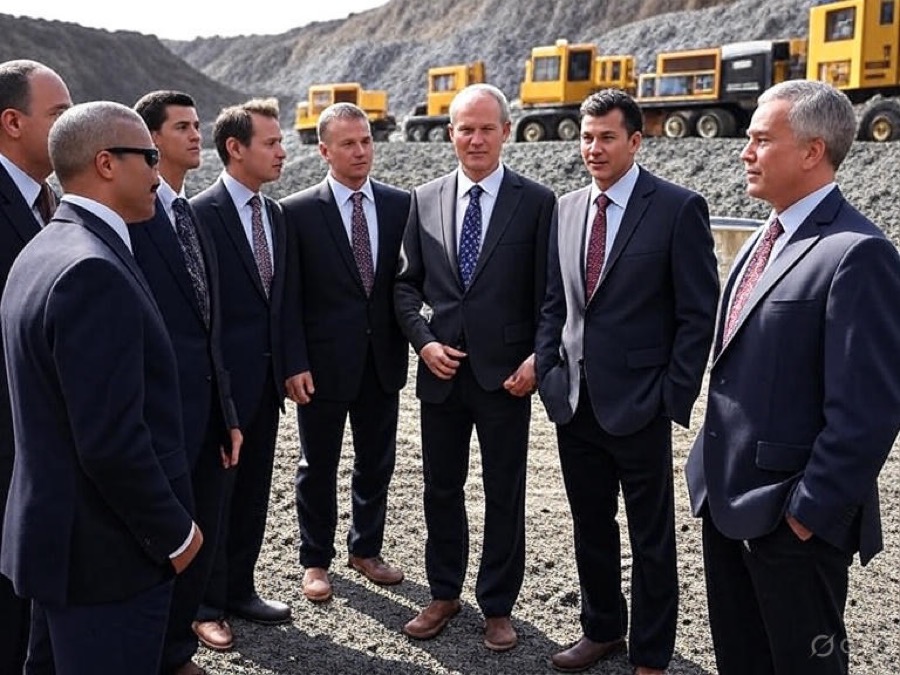British Columbia’s Cariboo gold rush, part 2?

For about a century, starting in the 1860s, the most prolific gold mining region of British Columbia was the Cariboo.
The town of Barkerville, which sprung up in the Cariboo gold rush, was once a bustling town of 5,000.
But by the 1950s, gold mining had pretty much dried up in the area, and the town of Barkerville was saved from becoming yet another B.C. mining ghost town only when it was turned into a living museum.
But gold mining in the Cariboo now appears to be set for a sequel with the development of what has promise of becoming a significant gold mining district by Barkerville Gold Mines (TSX-V:BGM) and Osisko Mining Inc. (TSX:OSK).
Gold mining in the Cariboo now appears to be set for a sequel with the development of what has promise of becoming a significant gold mining district by Barkerville Gold Mines
Mickey Fulp, who publishes the Mercenary Geologist, is betting on Barkerville to be not only B.C.’s next new gold mine but, ultimately, a mining district, with the potential for more than one gold mine.
“They control 67 kilometres of ground on this trend, and most of it’s never been tested,” Fulp said.
Under new management, the company has been rebuilding both its reputation and its resource estimates into something a little more reliable than what they had been under founder and former CEO Frank Callaghan.
While Callaghan is credited for having assembled numerous claims into one 62-kilometre-long district, he is also credited for triggering a credibility crisis.
Wildly inflated estimates of a 10-million-ounce gold deposit at Barkerville’s Cow Mountain were found to be unsubstantiated, and the company’s shares were halted for more than a year while it scrambled to come up with a new technical report.
The company was saved from ruin by investor Eric Sprott, who provided a $19 million bailout, taking a 41% stake in the company.
Osisko has since become the company’s largest shareholder. Osisko Mining now owns 16% of the company and Osisko Gold Royalties (TSX:OR) owns 32%. J.P. Morgan holds 7%.
In recent months, Barkerville has raised more than $80 million, including a recent $20 million bought deal involving Haywood Securities.
The Barkerville-Osisko team has been pumping millions into exploration in the region to prove up resource estimates. In 2018, the company processed 150,000 tonnes of ore in test mining, recovering 20,468 ounces of gold, and spent $30 million on drilling.
The company plans to spend another $23.7 million on drilling this year as part of a feasibility study needed for a project description to be filed in support of an environmental certificate application for a new mine.
“So, the biggest drill program in British Columbia,” said Jason Kosec, Barkerville’s vice-president of corporate development.
“They’ve got almost 3.8 million ounces [of gold] in resources,” Fulp said. “That’s pretty big, and it’s going to grow, and they’re very aggressive.”
More than 230,000 metres of drilling is scheduled over the next two years. “It’s huge,” he said. “That’s 10 times what anybody else would be doing.”
The initial targets are deposits within a nine-kilometre strip that includes Cow Mountain, Island Mountain, Mosquito and Bonanza Ledge.
Rick Rule, CEO of Sprott US Holdings Inc., recently told BNN Bloomberg that the individual drill results for Bakerville are “excellent” but that he’s still waiting to see how they all tie together into one minable project.
Investors may be waiting for the same thing, because despite the vote of confidence the project has gotten from Osisko, Haywood Securities and J.P. Morgan, the company’s stock has languished between $0.35 and $0.40 per share.
“That notwithstanding, the district itself has so much promise, and the team that are exploring it are of such high quality that, if the market begins to see some predictability in the drill bit, which I haven’t seen myself, the stock could go higher,” Rule said.
Fulp said he’d like to see the company fix its share structure with a rollback, and a jump from the venture exchange to the TSX big board. He points out that U.S. institutional investors are forbidden by law to invest in Canadian companies that are trading below $1 per share.
“Cow Mountain and Island Mountain will be the first ones to go into big commercial production,” Kosec said. “Then we would build our own mill and ramp production up almost 5,000 tonnes per day”
A rollback and jump to the big board would make the project a lot more attractive to U.S. investors, Fulp said.
In addition to its geology and a management team with a proven track record, Barkerville has road and power access. It even has an existing mill and tailings pond, although it is 110 kilometres away from where the first mine would be built at Cow Mountain.
The plan is to initially truck ore to the company’s QR mill, at 2,500 tonnes per day, and then build a new mill at the new mine site.
“Cow Mountain and Island Mountain will be the first ones to go into big commercial production,” Kosec said. “Then we would build our own mill and ramp production up almost 5,000 tonnes per day.
“It’s the most prolific mine package in British Columbia that you can drive to, and this is a multi-life-cycle asset that’s going to be around for 25-plus years. The Osisko group believes this is the best project within the group.”
Once the company has a new resource estimate, based on its drilling program, it plans to apply for an environmental certificate and mine permit.
“We should have the permit by the end of 2020,” Kosec said, adding the goal is to see the new mine in operation in 2021.
The project would employ 400 people in the construction phase and 200 miners in the long term.
(This article first appeared in Business in Vancouver)
More News
{{ commodity.name }}
{{ post.title }}
{{ post.date }}

Comments